In the context of The Fourth Industrial Revolution, 3D Modeling can be seen in many daily aspects of our lives, from video games to furniture. Many users may need help distinguishing these terms when recognizing the differences between high and low poly in 3D Modeling. Low polygon and high poly modeling are essential for beginners to practice 3D Modeling. So let’s scroll down to acquire more exciting knowledge regarding these terms:
What Is Low-Poly?

According to the name suggest, Low-Poly is a modeling technique that produces a 3D model with as few polygons as possible. The objects created by low-poly character modeling will be able to have few faces and vertices.The term “low-poly” is used both technically and descriptively; the amount of polygons in the mesh is regarded as one of the most critical factors contributing to the optimization of performance, but it can give the generated images an unattractive aesthetic.
What Is High-Poly?
High-Poly is a sort of 3D Modeling that is useful for seeing details in models. The word “high-poly” refers to the number of polygons in a model, i.e., the number of surfaces or triangles that make up its surface. This means that high-polygon models contain more triangles than low-polygon ones, which typically have dozens or ten of thousands of polygons rather than millions or billions.
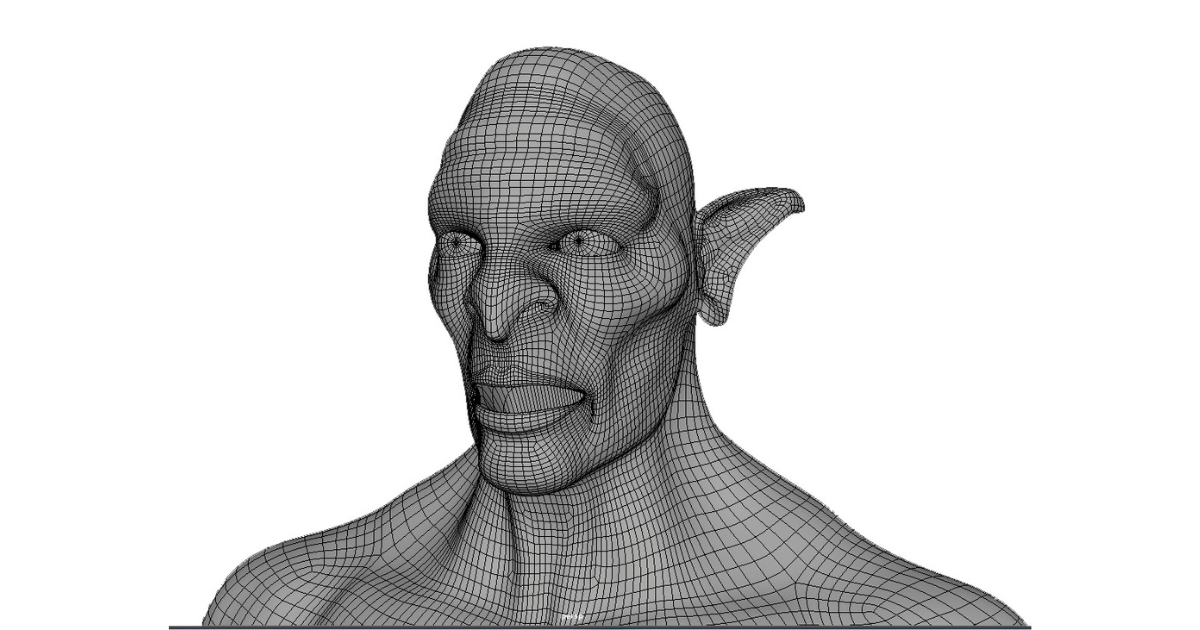
6 Differences Between Low Poly And High Poly
Low-poly and High-poly are derived from polygon modeling, based on creating 3D models using polygons. These are little closed geometric shapes merged into a single mesh that serves as a 3D object’s surface. So let’s see more details of the six differences: Workflow; Complexity; Detailing; Processing Time; Motion Usage; Texture between low-polygon Modeling and high-polygon Modeling:
Workflow
High-poly and low-poly 3D Modeling both have pros and cons in 3D modeling techniques. High-poly Modeling, for example, may result in an object with many details at the expense of a longer creation time. Low poly 3D Models, on the other hand, can be made in less time and at a lower cost.
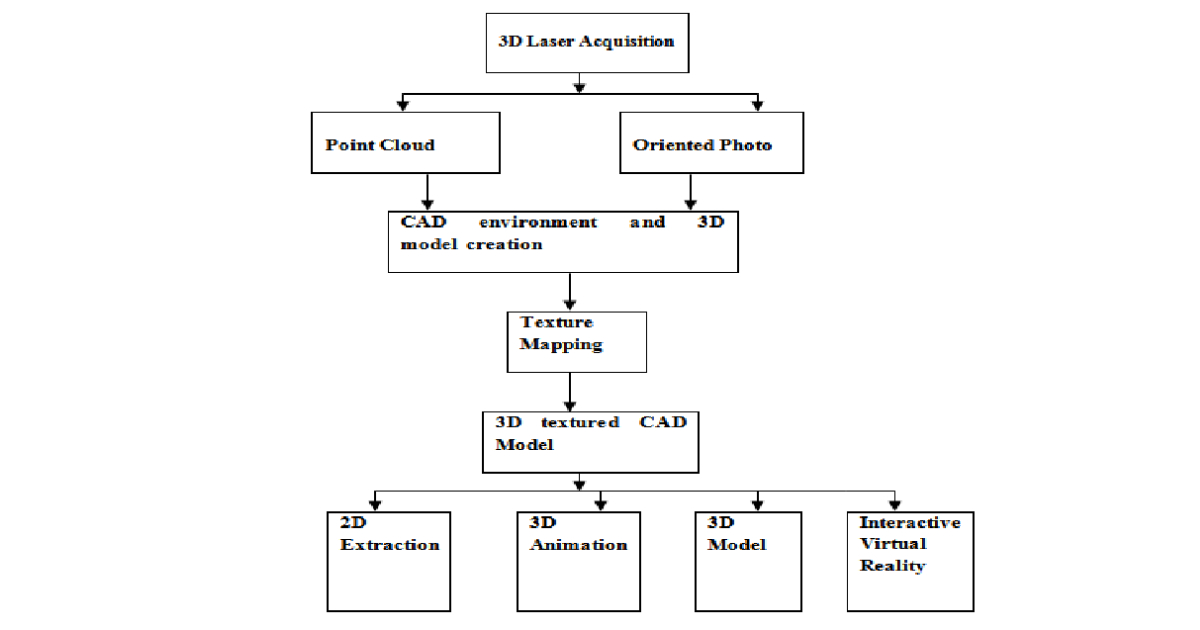
The distinction is in the number of polygons required to generate the model. High-poly Modeling needs more polygons than low-poly Modeling due to the different requirements of each shape in terms of polygons. Low-poly arts use fewer polygons to create forms, resulting in a faster creation time and lower quality. In the game industry, for example, one must consider how a character might appear in an environment with only low or high-quality textures.
Complexity
Because of the massive amount of polygons used in Modeling, high poly models are visibly more complex than low poly ones. Furthermore, 3D modelers must often verify it for gaps, noticeable seams, chipping, etc.
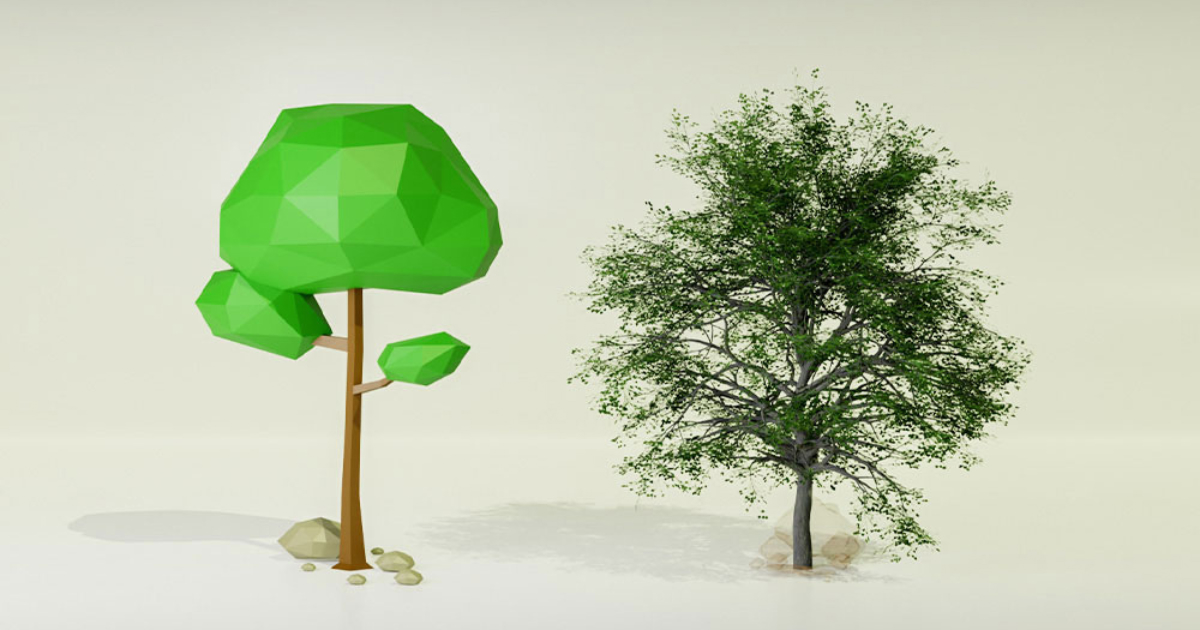
In contrast, low poly arts are relatively simple. There are fewer polygons to control. Retopology is a process used by artists to add details to such models.In case you don’t know the term retopology, it is the process of reshaping and rearranging polygons to maximize their count. This will have the ability to improve rendering while retaining visual details.
Detailing
High-poly models are highly detailed. They can display delicate features such as ornaments, design components, or other decors. As a result, they are ideal for hyper-realistic and refined models.
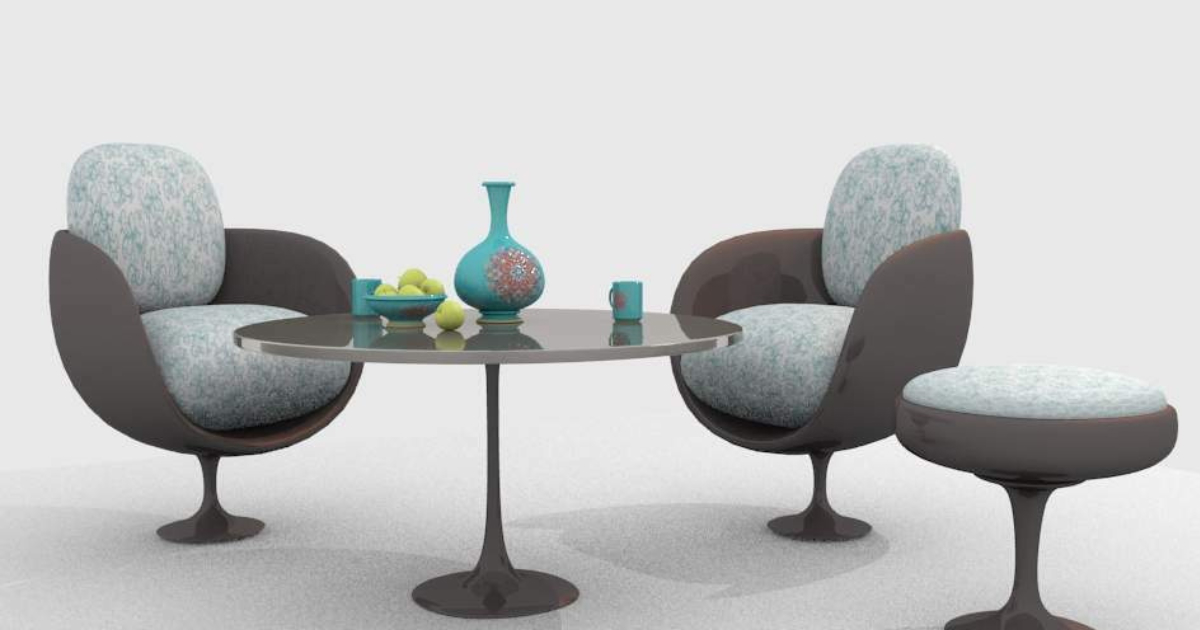
Low poly models, on the other hand, could be more detailed. The surface is smoother and has less roughness when compared to high-poly models, making it less accurate.
Processing Time
When rendering, the engine must calculate light refraction from all surfaces and edges of a High poly model. As a result, rendering is a high-end and time-consuming procedure. Depending on the model, the process could take several days or even weeks. Firms avoid this time-consuming process by establishing Render Farms.A render farm is a collection of powerful computers designed to generate computer-generated pictures (CGI). They produce highly lifelike results.
Motion Usage
Because their structure is directly dependent on 3D models, we will discuss this aspect in this paragraph. High-poly models are ideal for static HR renders such as lifestyle pictures, silo renders, close-ups, cut-outs, and featured animation with zoom effect. Because these are high-quality CGI models, they must be highly detailed and precisely constructed.

Low-poly arts are utilized in motion CG images such as interactive 360° views, 3D configurators, games, and AR/VR imaging. These models must be compatible with rendering and gameplay engines. As a result, they should be made up of a small number of polygons so that any program can process them quickly.
Texture
The texture is hard to add to high poly models. For realistic results, different texture maps are applied one over the other. This adds to the model’s weight.
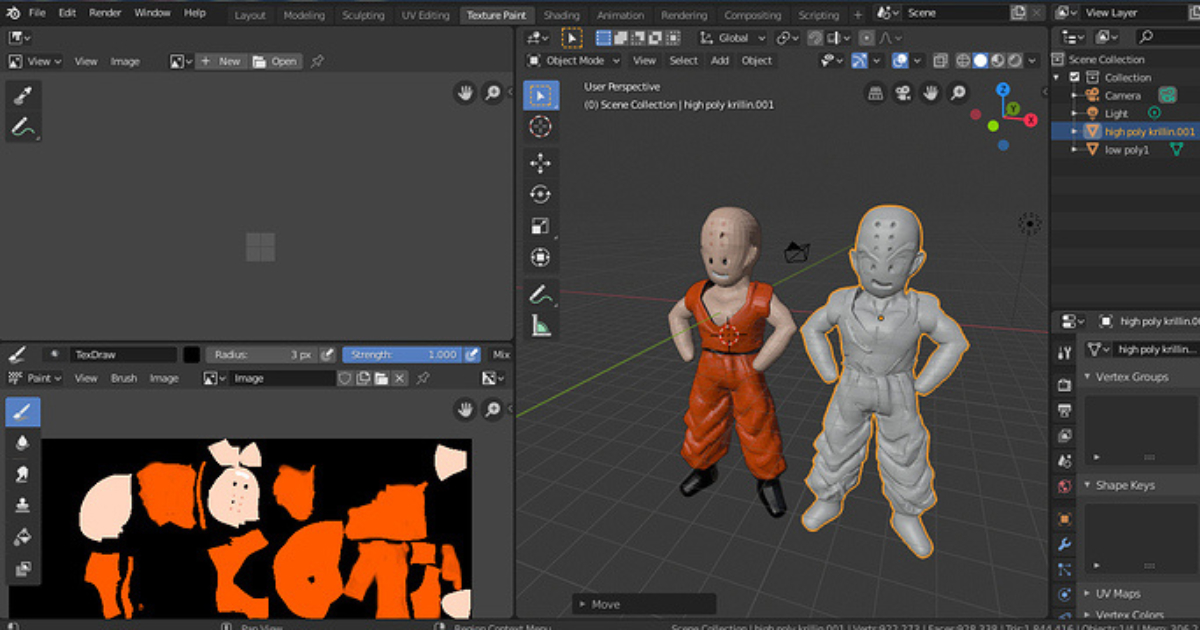
The textures are “baked” together to generate an image in Low poly—baking stores data about a 3D mesh in a texture file (bitmap). Baking reduces the number of texture maps required.
Low Poly vs High Poly: Which Works Better?
After defining some critical differences between low-poly and high-poly, we will continue to recognize the advantages and disadvantages of these terms. Once you know this, you can choose for yourself a suitable 3D modeling technique:
Low Poly 3D Modeling
Pros
- Easy to use
- High performance
- Multi-purpose use
- Quicker render times
- Good for beginners
- Less complicated mesh
Cons:
- Difficult to achieve a high level of detail
- Less attractive appearance
- Manual addition of effects
High Poly 3D Modeling
Pros:
- Detailed 3D models
- Images at very high resolution
- Models Creation Of Cross-sections
Cons:
- Time-consuming
- Complicated with many polygons
- Resources Intensives
Frequently Asked Questions
Is High Poly Better Than Low Poly?
Yes. High polygon modeling achieves the desired realism in a specific project more effectively. Still, it is more challenging to deal with. Low polygon modeling is simpler for programmers since it has less detail and requires less memory space, allowing projects to be completed more quickly than high polygon modeling.
How Many Faces In A Low Poly Character?
According to Blender, a character type can have around 300 polygons for low-poly character modeling.
Should I Use High or Low Poly 3D Modeling?
It depends a lot on your usage and level of 3D Modeling. As mentioned above, high-poly models are ideal for static HR renders such as lifestyle pictures, silo renders, close-ups, cut-outs, and featured animation with a zoom effect. At the same time, Low-poly Character Modeling is utilized in motion CG images such as interactive 360° views, 3D configurators, games, and AR/VR imaging.Moreover, if you are a beginner and getting to know 3D Modeling, then low-polygon Modeling may be a great choice because high-polygon models are hard to create for a newbie in this industry.
Conclusion
As you can see, 3D Modeling is essential in our lives nowadays. In terms of 3D Modeling, it is divided into two relevant words based on the number of polygons, which are low-poly and high-poly. However, many users need help recognizing the critical differences between these terms. Hopefully, the article above will equip you with a generous amount of knowledge regarding the 3D modeling industry and help you answer the questions in your mind.
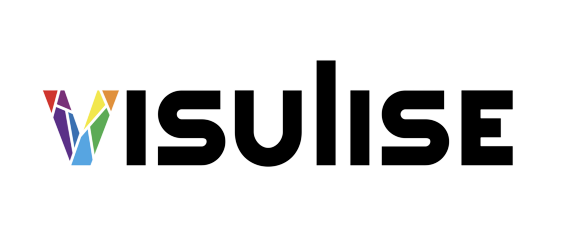
Related Posts: